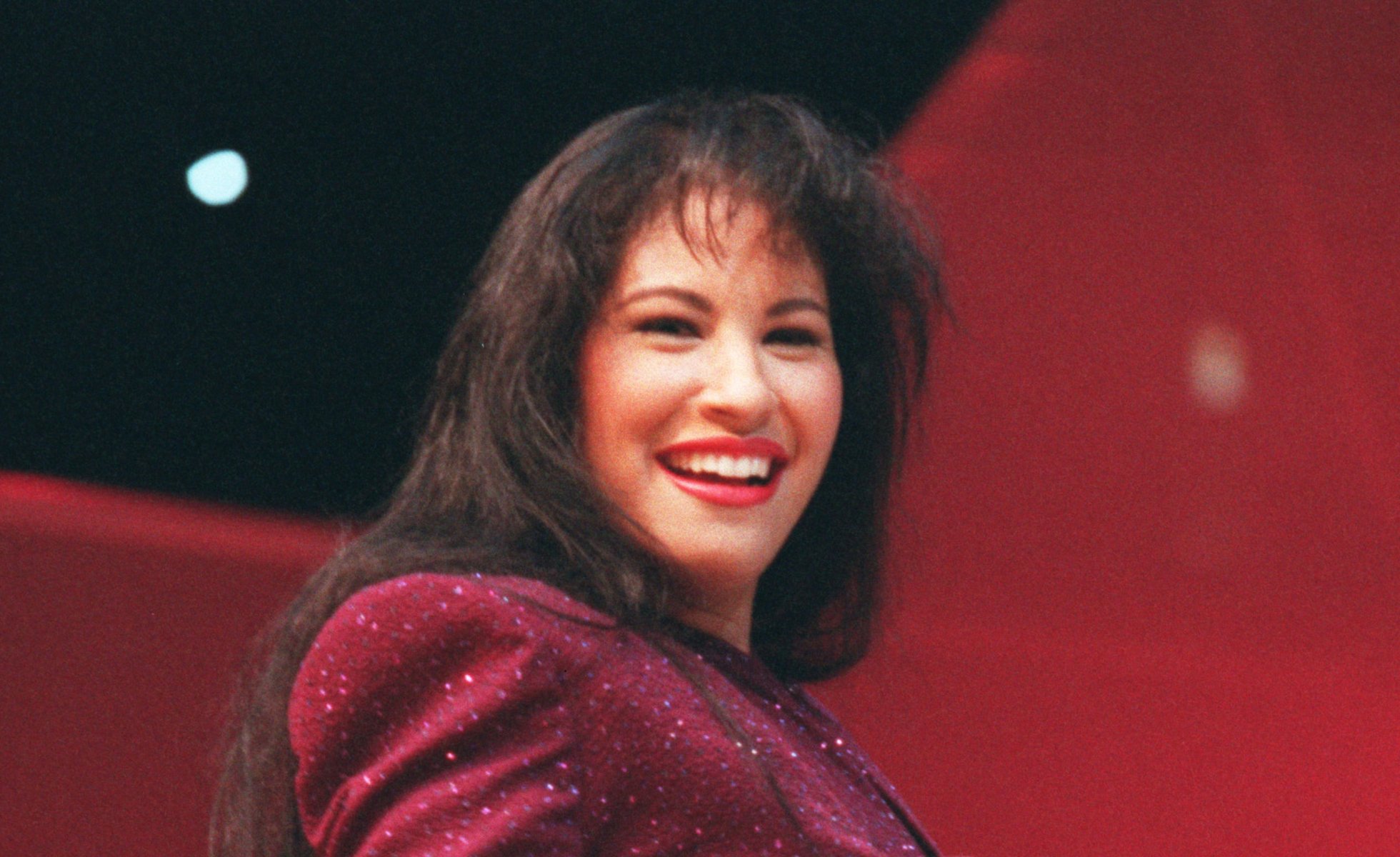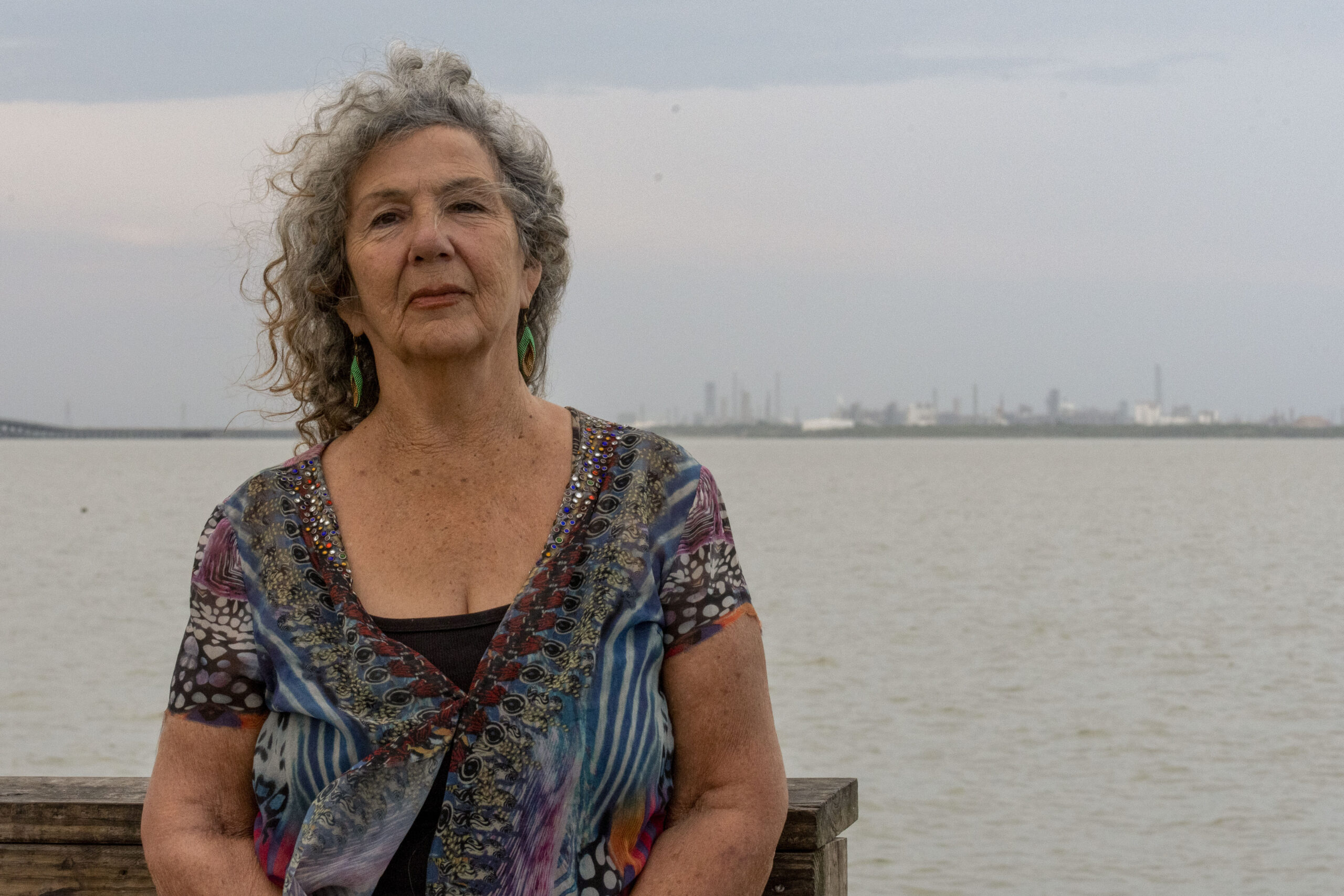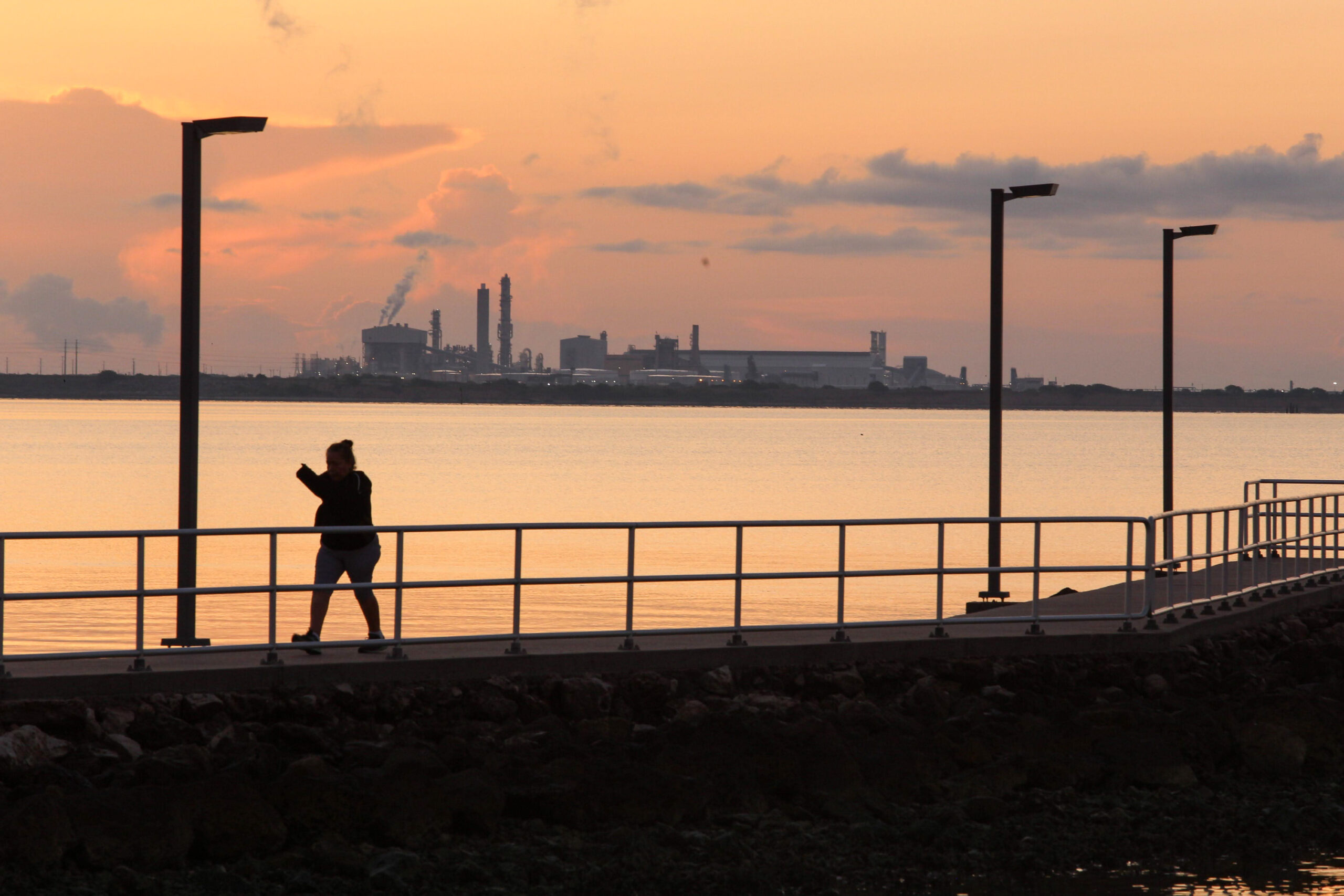
Selena’s Life and Legacy in Corpus Christi
Tejano history and women’s history professor Cynthia E. Orozco spoke to the Observer about Selena’s life as a new series streams on Netflix.

Above: Selena performs at the Astrodome during the Houston Livestock Show and Rodeo on February 26, 1995.
Few people have left as indelible a mark on Texas—and the world—as musician Selena Quintanilla. Cynthia E. Orozco, a professor of history at Eastern New Mexico University, knows this intimately. Orozco has written about Selena for the Texas State Historical Association’s Handbook of Texas, and co-edited Mexican Americans In Texas History, which included an essay on Selena. In early December, more than 25 years after her murder in Corpus Christi at age 23, Netflix released the first half of a biographical series about the singer’s life, prompting mixed reviews and a call to reckon with the singer’s legacy. Orozco spoke with the Observer about Selena, her impact on her hometown of Corpus Christi, and Orozco’s own relationship with the music.
Can you tell me a little about your research on Selena?
Let me start off by saying that I am a native Texan, I am a Tejana, and I grew up with Tejano music. The day after Selena died I called the Texas State Historical Association. I had worked there from around 1989 to around ‘92, and I wrote 80 articles for the Handbook of Texas. Tejano history was my specialty, and women’s history as well.
When she died, and even shortly before that, she became a major star. It was a slow process. Of course the family had a long history with music, especially with Abraham Quintanilla, the father, with Los Dinos, his band from the late ‘50s through the ‘60s. And then of course the family band later as well. So they had a long, long history.
Her legacy grew from the small rural communities that she would play at, to the small dance halls that existed for decades and the urban Tejano night clubs. It grew from there to city festivals. And it grew to the point where it wasn’t just about the dancing—because originally it was more about the dancing—and it became more about spectacle. So she rose along with that change in Tejano music and Tejano dance. She was unusual because there were very few women that were stars in Tejano music. It’s less so now, but it was a very male-dominated genre, and it was hard for women to break in. There have been several other predecessors. The most important one was probably Laura Canales.
I would say that Selena’s expansion into Mexico also started to give her more of an international appeal, and then of course her music also appealed to anyone who understood Spanish, typically. And then there were songs like Bidi Bidi Bom Bom which really appealed to children and other people who might not have understood Spanish.
Her rise to stardom was slow, and it was difficult, but I think really her death sealed her superstardom more than anything. That’s what happens sometimes: People don’t truly see someone’s significance or how great or how important they are until death.
What’s your relationship to Selena and her music? Why did you choose to study her?
I grew up with Tejano music on the radio stations. I’m from Cuero. I grew up on the music from San Antonio. We would also drive 30 miles to Victoria, Texas, to dance to Tejano music at the club Westerner. I feel the music of Selena. That music appeals to me. But Selena was kind of a crossover star. Of course, she was starting to sing some in English right around the time she died, and of course she was fully bilingual. Non-Tejanos, non-Spanish speaking people, a lot of them didn’t know what Tejano music was, or who Selena was. But after her death Tejano music started to be known a little bit more outside of the Tejano community. If she had not been killed, the general population would have known more about her or heard of her at that time.
What was her and her family’s influence and legacy on Corpus Christi?
Corpus Christi, probably because of its location at the waterfront, has always been an appealing kind of place. I think when they arrived there she would have been in junior high, so she grew up there as a hometown girl. Of course, she was first brought up in Lake Jackson, which would not have had a significant-sized Hispanic community, and where Spanish would not have been as predominant. But Corpus has a long, long history of Hispanic music. I think what’s interesting, of course, is the fact that she was also killed there. So that solidified her ties to Corpus.
She could have lived anywhere when she became famous and wealthy, but she continued to stay in Corpus. She was quite comfortable with the environment there. She obviously did not require a Hollywood-esque kind of lifestyle.
I think I visited the museum in 2010. What was interesting was my husband and I were really the only people there. Since that time, it has become a major tourist destination. And then of course I would say that after they put up the Mirador de la Flor statue, that further solidified Corpus as a place to draw tourists. Suzanne, Selena’s sister, was there for that ceremony. It’s a beautiful piece of art.
Another way that our community knew of her early on was the Spanish-language TV shows, especially Johnny Canales, and he’s from Corpus. The Johnny Canales show popularized her as well. That program also helped to make her more well known around the immediate communities. That show helped her become a star.
Corpus really will be a site for Selena fans to visit forever. Corpus is now solidified as a major Selena tourist attraction.
Why do you think this Netflix series is coming out now, 25 years after her death?
Because she has never left us. Her music is still out there and is still loved and appreciated, and again because there’s a story of tragedy in her life. Tragic stories are always of interest. And again because of her visual appeal. She was attractive, she was a good dancer, she was a good singer, she was a good performer. And so we will always have an interest in people like that, whether it’s a Marilyn Monroe or an Elvis Presley. And also Selena was a very kind and nice person, very humble. I think that is appreciated as well.
Has there been a revival of interest in Selena?
Part of the reason there’s such an appeal is, number one, she was quite talented; number two, the music is still around; number three, because she was beautiful and sexy; and number four is that we have so few other Latina and Latino superstars on television or in film. There will always continue to be an excitement because she was unusual and she was a superstar.
I think that it also was important for Corpus to claim her. She really does belong to Corpus Christi. But she belongs to everybody as well. She’s a global icon.
This interview has been edited for length and clarity.
Read more from the Observer:
-
The Blacklist: Screened out by automated background checks, tenants who face eviction can be denied housing for years to come.
-
Federal Regulators Have Fast-Tracked Review of Disinfectants That Claim to Kill COVID-19: How one Texas company with no previous experience in the industry has seized a pandemic-sized opportunity.
-
The Long, Winding Road that Led to the SBOE’s Decision for Texas Schools to Teach Abstinence-Plus Sex Education: For the first time in 23 years, the State Board of Education has updated the state’s health and sex education standards for middle schoolers. The board voted to expand what students learn about safe sex, but LGBTQ2+ issues and consent are still nowhere to be found.


